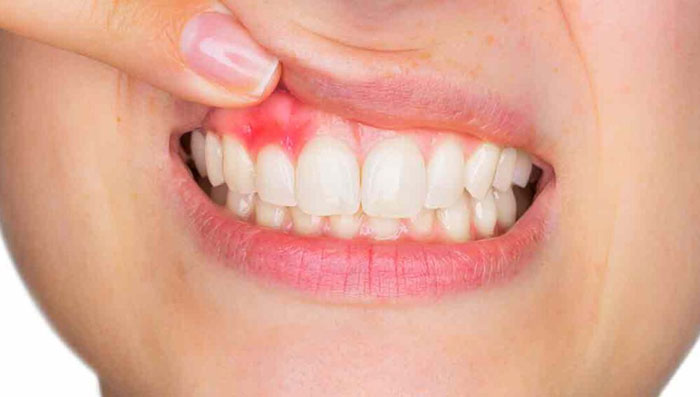Dental Services
Periodontics
Periodontics, also known as periodontology, focuses on the prevention, diagnosis, and treatment of inflammatory diseases that wreak havoc on the gums and tooth-supporting tissues. A dentist who

Periodontics, also known as periodontology, focuses on the prevention, diagnosis, and treatment of inflammatory diseases that wreak havoc on the gums and tooth-supporting tissues. A dentist who

Periodontal diseases are infections of the gums, which gradually destroy the support of your natural teeth. There are numerous disease entities requiring different treatment approaches. Dental plaque is the primary cause of gum disease in genetically susceptible individuals. Daily brushing and flossing will prevent most periodontal conditions.
Periodontal diseases can be accelerated by a number of different factors. However, it is mainly caused by the bacteria found in dental plaque, a sticky colorless film that constantly forms on your teeth. If not carefully removed by daily brushing and flossing, plaque hardens into a rough, porous substance known as calculus (or tartar).
Scaling and root planning non-surgical treatments to remove plaque and tartar from deep under the gum line. These procedures are sometimes paired with antimicrobial or antibiotic medicines as well, depending on the case.
A periodontist could also prescribe a tray delivery system for you to wear at home. This custom-fit impression of your teeth puts prescription medication right on them.
Gingivitis and periodontitis can cause your gums to recede, or pull back, exposing a tooth's root. A periodontist can do a gum graft, where they take tissue, usually from the roof of your mouth, and use it to cover the receded gum line. A healthy gum line can help stop tooth decay, reduce sensitivity and pain, and improve your smile.
Other surgical treatments a periodontist can perform include:
While some techniques are specific to treating gum disease, others are available for cosmetic purposes as well. Periodontists often offer plastic surgery services like:
Your general dentist may be able to treat some gum problems. But if you have gum disease that's getting worse, a complex case, or the risk of tooth loss, your dentist will refer you to a periodontist. If you notice any of these common gum disease signs and symptoms, make an appointment with your dentist to see if you should visit a periodontist.
Plaque and tartar-forming bacteria can also cause inflammation, which is often the first sign of gingivitis. When it goes untreated, this inflammation can make pockets form around your teeth. This raises your risk of infection that can lead to tooth loss.
Swollen gums often make your teeth look smaller. They may be dark red rather than a healthy light pink. In the early stages, you can treat this inflammation with a deep cleaning at your dentist and taking care of your oral hygiene at home.
Inflammation can also cause your gums to bleed easily when you brush, floss, or eat. See your dentist if your gums are tender to the touch, your toothbrush is tinted pink after brushing, or you spit out blood when you brush or floss.
Bad breath is common and not always a cause for concern. But if you take good care of your mouth and bad breath doesn't go away on its own, it could be a sign of infection or holes in your teeth.
Over time, gum inflammation can form pockets around your teeth that can loosen teeth, making them more sensitive. You might also have trouble chewing. Make an appointment with your dentist if you notice a change in the way your teeth fit together or new spaces forming between your teeth.
Receding gums are not always due to gum disease. This can also result from brushing your teeth too hard, which injures the gum tissue. A periodontist can fix this issue for cosmetic purposes, potentially lowering your risk of gum problems in the future.
Gum recession that doesn't result from too much brushing is usually a sign of later-stage gum disease, however. At this point, a periodontist can examine the issue and advise on appropriate treatment.